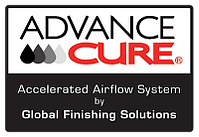
It may surprise you to learn that the very first accelerated drying system engineered to speed up the drying of waterborne paints was developed way back in the mid 1990s by a company whose name most of you would probably recognize: DeVilbiss Spray Booths. This system was dubbed ‘AdvanceCure’, and you’d likely not even recognize the first generation models when compared to the latest designs.
As we covered back in one of our very first posts on this blog, we’re quite proud that DeVilbiss Spray Booths is part of the GFS heritage family of companies. And we’re just as proud of how far our engineering team has evolved the AdvanceCure system to create even greater versatility for retrofits in to all types of paint booths, as well as to continue to reduce the drying times of all types of automotive coatings in order to achieve the highest levels of production for your shop.

Recently GFS Marketing Coordinator Ronnie Guindon asked a series of questions to GFS Engineer and lead designer of the AdvanceCure system, Will McFadden. They talked about just how much AdvanceCure has changed since those very early days, and what it means for body shops looking forward to the future. Here is their discussion:
Ronnie Guindon (RG): How long have you been the lead developer of the AdvanceCure System?
Will McFadden (WF): I started working on the AdvanceCure systems in 2004. The first project I had was to increase the performance of the original sidewall system. I was the lead developer on the project that launched the two corner modules into the market in the first quarter of 2007.
RG: When was AdvanceCure first introduced on the market?
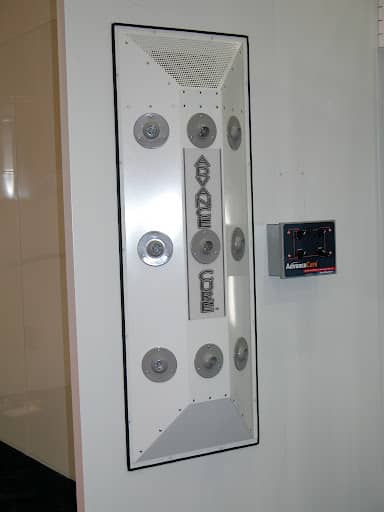
RG: What are the Core Benefits of the AdvanceCure System?
WM: AdvanceCure dramatically speeds up the evaporation of the solvent, or water, in the paint and reduces the curing time of the paint. It does this by directing air at an opposing angle to the standard airflow in the paint booth, in order to create a turbulent, convection-type environment during the flash and cure cycles.
This turbulent airflow increases the speed of the temperature rise of the painted panels, and the speed at which water is drawn out of the coating. These effects greatly reduce the time needed to complete each paint job, which in turn reduces the energy and fuel consumption, thereby increasing the efficiency of the paint booth.
Video smoke test illustrating the effects of the AdvanceCure system airflow in a downdraft paint booth:
RG: What applications are suitable for use with the AdvanceCure System?
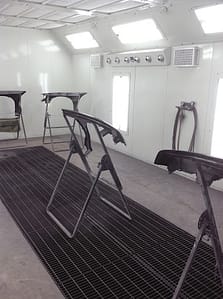
WM: All AdvanceCure systems are engineered to provide the fastest drying times with water-based paints. However, what most people don’t realize is that accelerated airflow systems also provide faster curing with solvent-based paints, too. The reason for the reduced curing times with solvent-based paints is the increased heat-transfer efficiency of the turbulent air, whereas waterborne paints benefit from both the increased air circulation as well as the improved heat transfer. The newer systems with higher air velocity perform better with faster drying times using all types of paints than the older systems developed 5 or more years ago.
Other major benefits with the GFS-engineered systems are the adjustable nozzles and ability to install the different types of AdvanceCure modules in virtually any kind of paint booth to provide flexibility to completely cover almost any vehicle as well as car components on stands in the booth.
RG: What improvements are seen in drying and curing times using this system.
WM: AdvanceCure systems reduce the drying times by an overall average of 30 to 40 percent. This time reduction increases the throughput of the booth eliminating wasted time and improving shop efficiency. However, we’ve seen some instances during testing where reductions of up to 80% are possible, depending on the climate and humidity and this also greatly depends on which specific coating you are using. There are a lot of factors that come in to play, so be aware that your real-world results will likely differ from those seen in other shops in various locations across North America.
RG: Can you give us a timeline of the evolution of the AdvanceCure system?
WM:
1998 – Original nine nozzle, sidewall, AdvanceCure systems with air speeds at the vehicle of 100 – 150 fpm.
2004 – Increased the motor and blower size of the sidewall AdvanceCure System which pushed the air speed at the vehicle to 200 – 250 fpm.
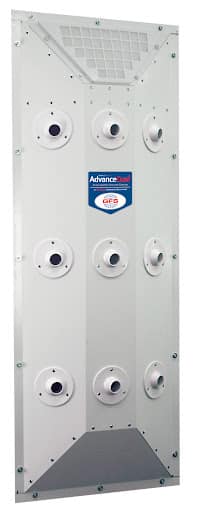
2007 – Introduced the six nozzle, corner-mounted AdvanceCure systems with air speeds at the vehicle of approximately 300fpm. The corner modules quickly became the most popular AdvanceCure system due to their ability to be easily retrofit in to virtually any spray booth.

2010 – Offset modules are sold with air velocities at the vehicle of approximately 500fpm. The horizontal sidewall system becomes the best selling design due to its increased flexibility in installation and higher airflow capabilities.
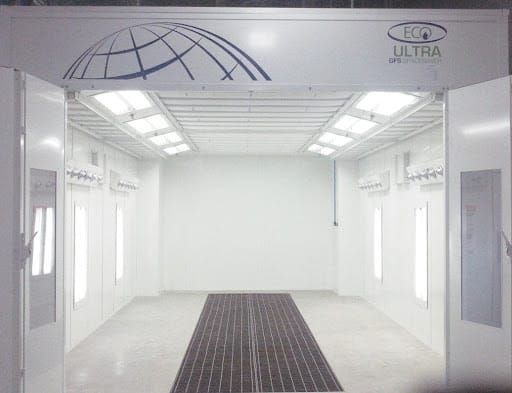
2012 – Integrated AdvanceCure systems with the motor and blower on the roof and the ducting built into the booth plenum are available. The nozzle plenums are located just below the filter ceiling and provide air velocities of 500fpm at the vehicle.
One of the best ways to highlight your business is through a story that you can share across your online platforms. It humanizes your business and shows that your business can make a meaningful impact. Your testimonial would be used as a project profile on the GFS Booth Blog and can be shared on your website and/or social media channels.
Complete this form and we’ll be in touch to showcase your company.
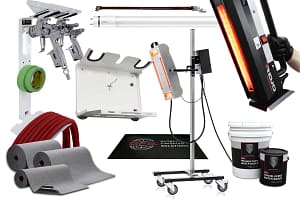
Shop a variety of GFS aftermarket products, including booth protection products and mobile accelerated curing units. And enjoy the convenience of fast and free ground shipping throughout the contiguous United States.
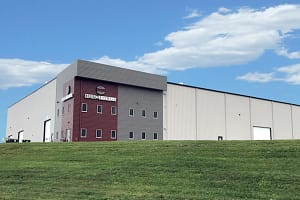
Located at GFS’ headquarters in Osseo, Wisconsin, the Center for Excellence is an innovative facility featuring an automotive refinish training center, as well as a separate space dedicated to technical product training.
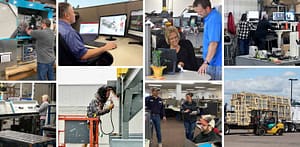
GFS is continuously searching for talented, ambitious individuals to join our team. We aim to provide our employees with every opportunity to make an impact on the company and find their niche along the way — weather in a production, field services or an office position.